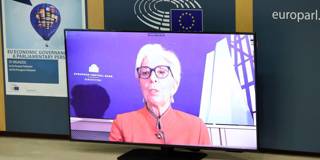
Central Banking’s Brave New World
Leading central banks are now keen to take on responsibility for policy objectives they previously shied away from, such as reducing inequality and combating climate change. But explicitly amending the central banks’ missions would be preferable to letting monetary policymakers decide how their tasks should evolve.
PARIS – Twenty years ago, central bankers were proudly narrow-minded and conservative. They made a virtue of caring more about inflation than about the average citizen, and took great pains to be obsessively repetitive. As future Bank of England (BOE) governor Mervyn King said in 2000, their ambition was to be boring.